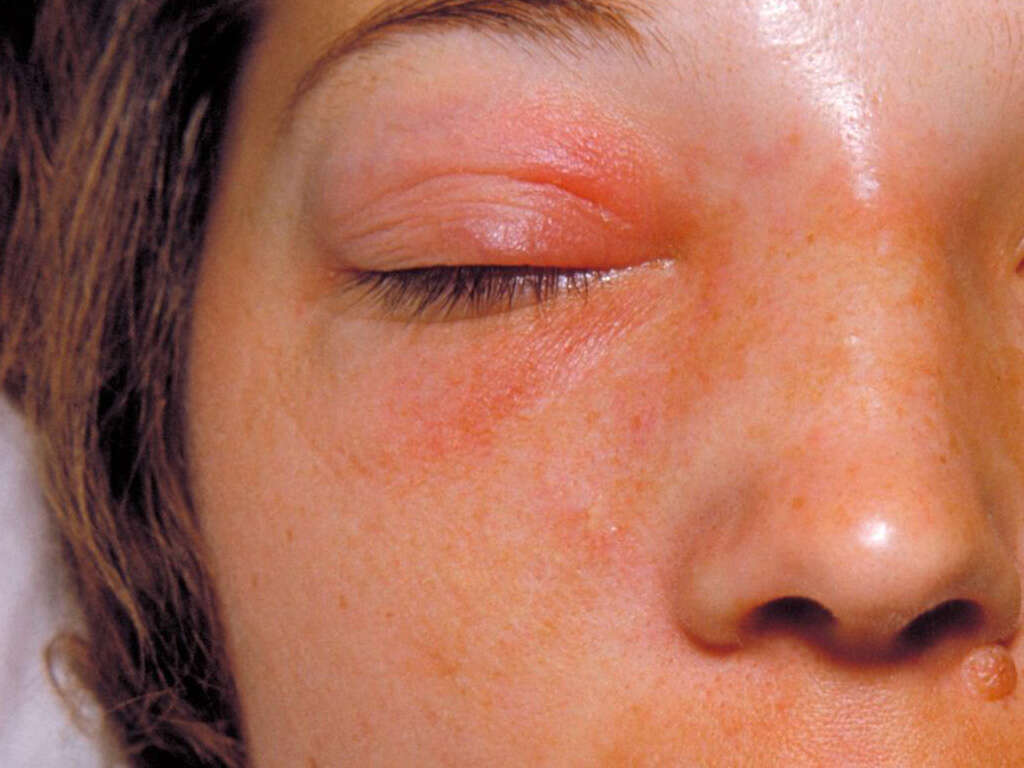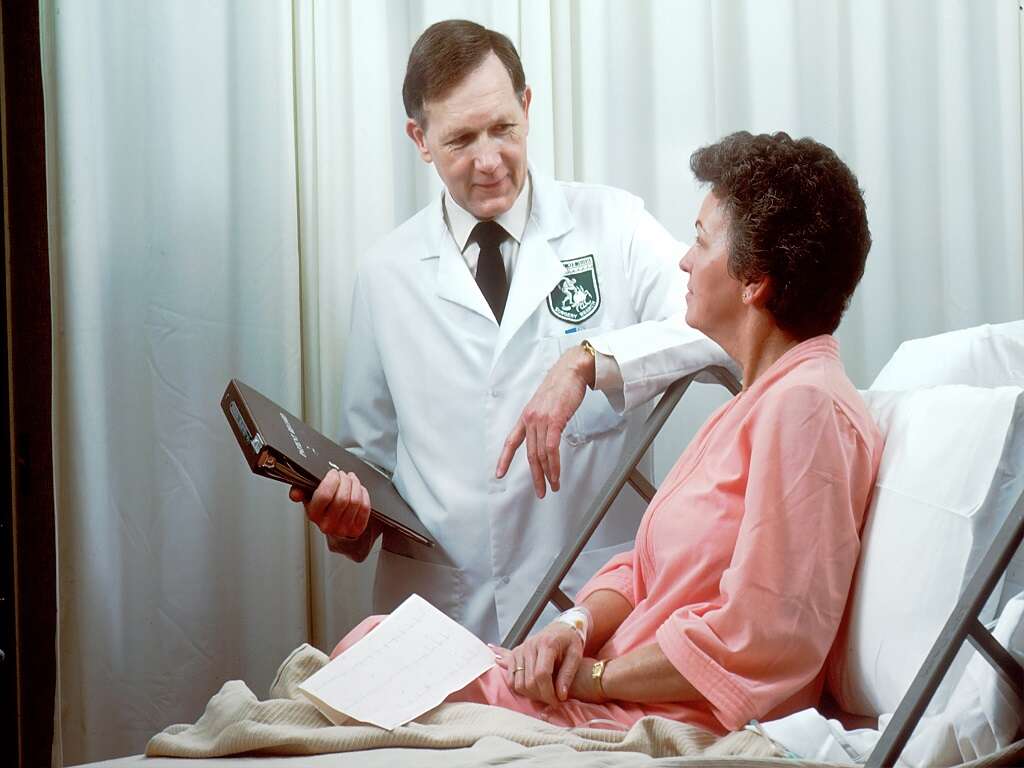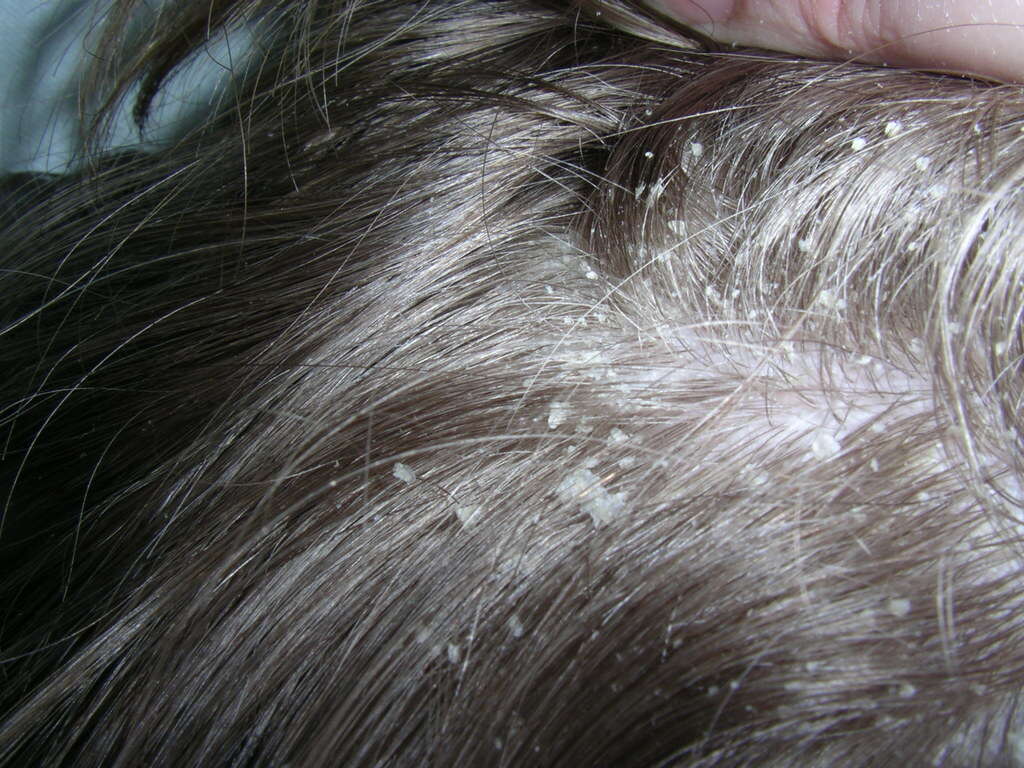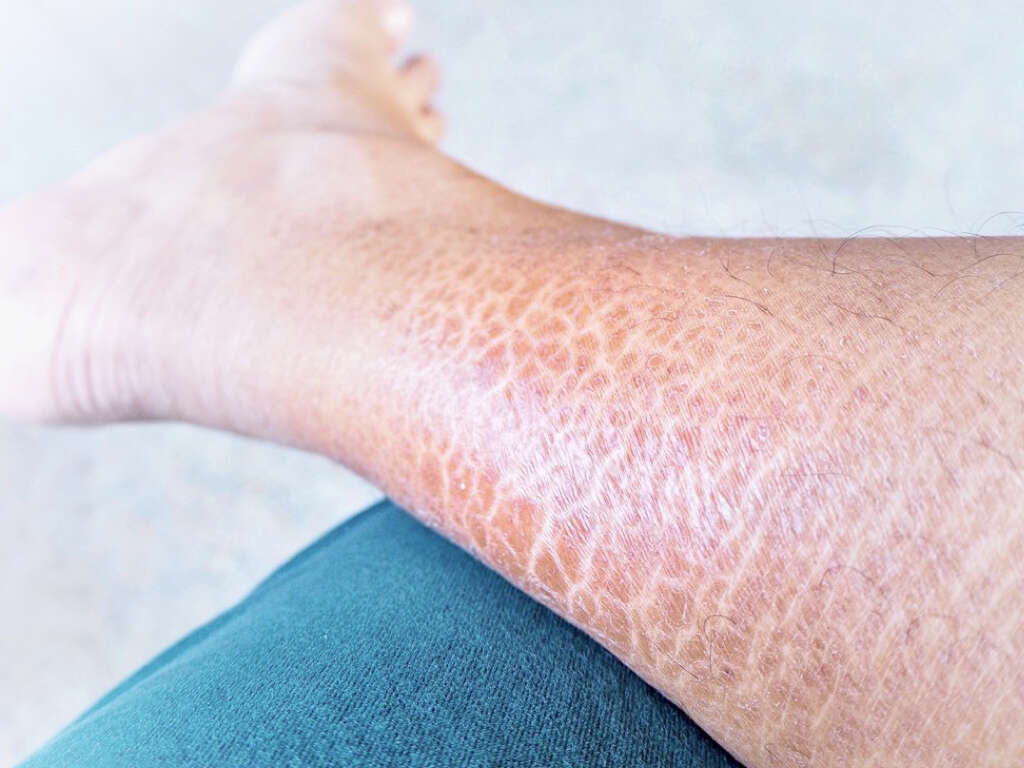What Is Granuloma Annulare?
Granuloma annulare is a skin condition that causes lesions or bumps to form. Inflammation in the skin also leads to discoloration of the affected areas. The condition can appear anywhere on the body; however, GA most frequently affects the fingers, hands and feet. Typically, only one part of the body is impacted, though it is possible to get it in multiple locations.
GA is chronic, typically lasting for two years and often recurring. There are five types of granuloma annulare, each with a different set of symptoms. The prevalence of the disorder in the general population is not known. Interestingly, one type, perforating granuloma annulare, is more common in Hawaii than elsewhere.

1. Granuloma Annulare Causes
The specific causes of GA are unknown. Some research indicates that there may be a connection with the immune system. In addition, there is a potential hereditary component, as it sometimes runs in families. However, the means of inheritance has not thus far been discovered.
There are apparent triggers that are connected with the disorder’s onset. Exposure to sunlight for a lengthy period of time, insect or animal bites and minor skin injuries bring about the condition in some people. In others, the trigger may be an infection, vaccinations or tuberculin skin tests. Allopurinol and other drugs have also been associated with GA.

2. Types
There are five different types of granuloma annulare. Four of the types occur on the surface of the skin and one manifests just under the skin. Localized GA is the most common form, while generalized, patch, subcutaneous and perforating are rarer. An individual can experience two or more types of GA simultaneously.
With each type, the primary indicator for the disorder is the presence of small nodules that are typically skin-colored, yellow or slightly red. The bumps appear in a ring formation on the skin. There are specific variations in symptoms for the different types of GA.
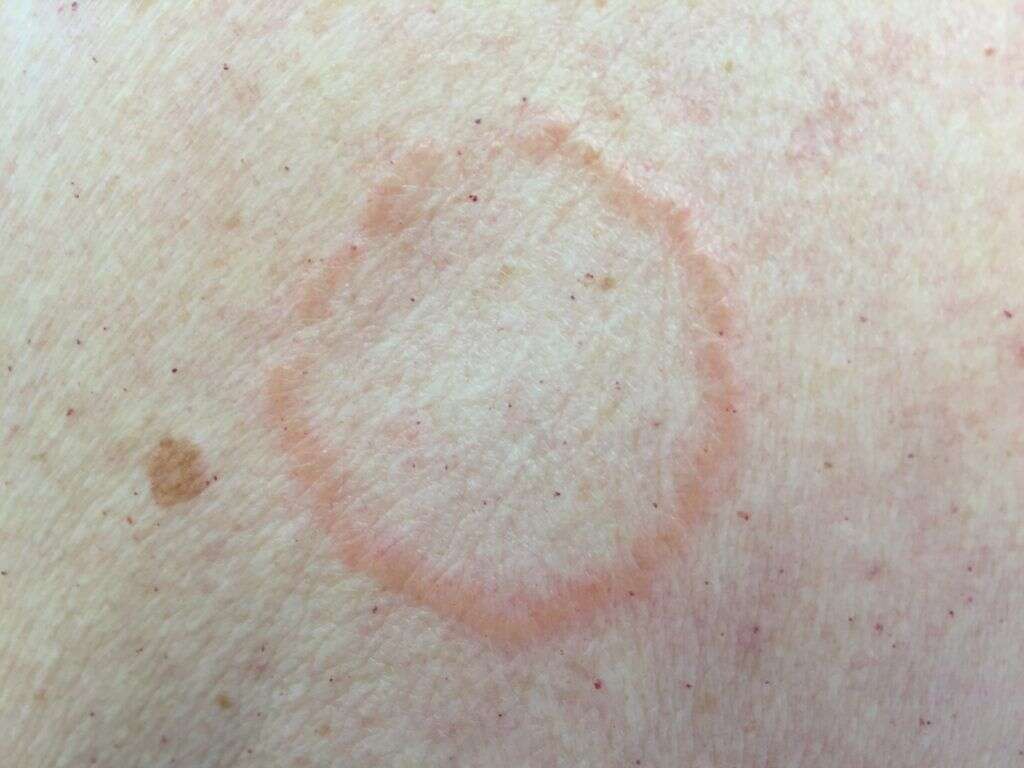
3. Symptoms: Localized, Generalized and Patch
These three types of GA are similar in the symptoms they present. Localized granuloma annulare is the most common form of the disorder. The bumps form in a semicircular or circular pattern and may merge together into a larger rash. People who get this type of GA usually have more than one rash appear. The nodules can be skin-colored, pink, red or purple.
Generalized and patch types are not as common as localized. With the generalized form, the person notices the rash form over a large area, such as the entire hand or forearm. As with localized GA, the bumps eventually join together into a larger rash. Patch GA exhibits discrete areas of discoloration and lacks the nodules seen in the localized and generalized types.
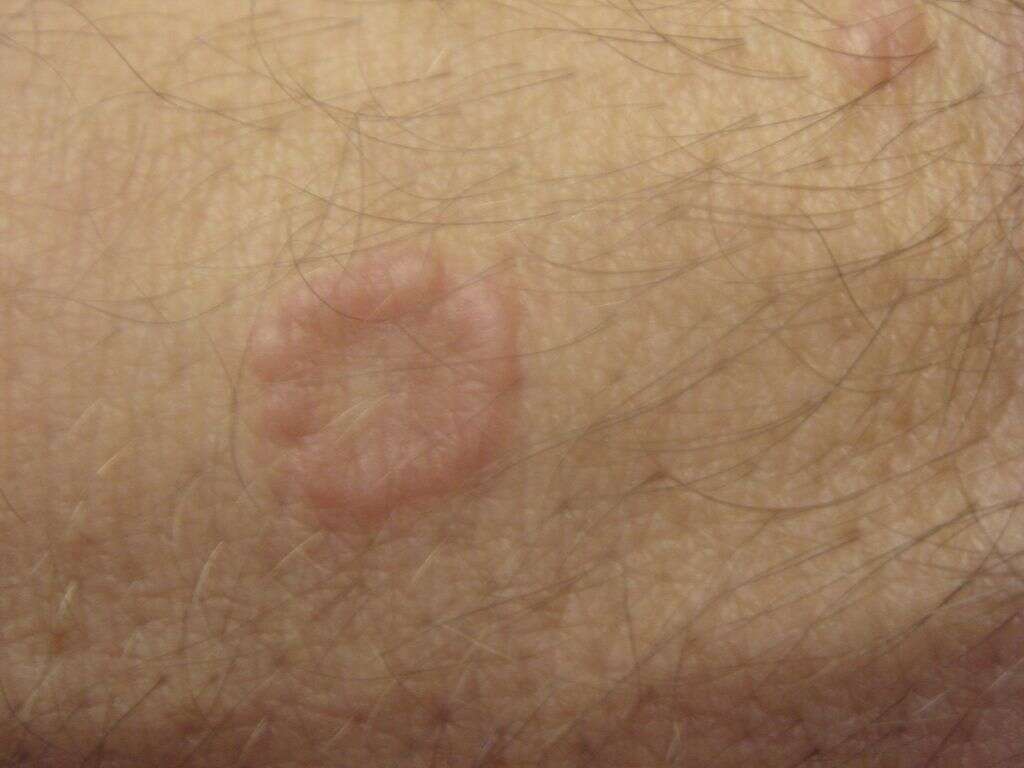
4. Symptoms: Subcutaneous and Perforating
Subcutaneous and perforating granuloma annulare present symptoms that differ markedly from the others. The nodules in the subcutaneous type are under the skin rather than on the surface. They are not painful. They tend to be small, but they can get to be large in size and often grow quickly. The coloration ranges from skin-colored to pink to red.
Perforating GA is the only type that is frequently painful. The lesions can also be itchy and excrete fluid. People who get perforating granuloma annulare frequently see the condition on their hands and fingers. The bumps in this variety are scaly and small, though for some the individual nodules join to form a larger rash.
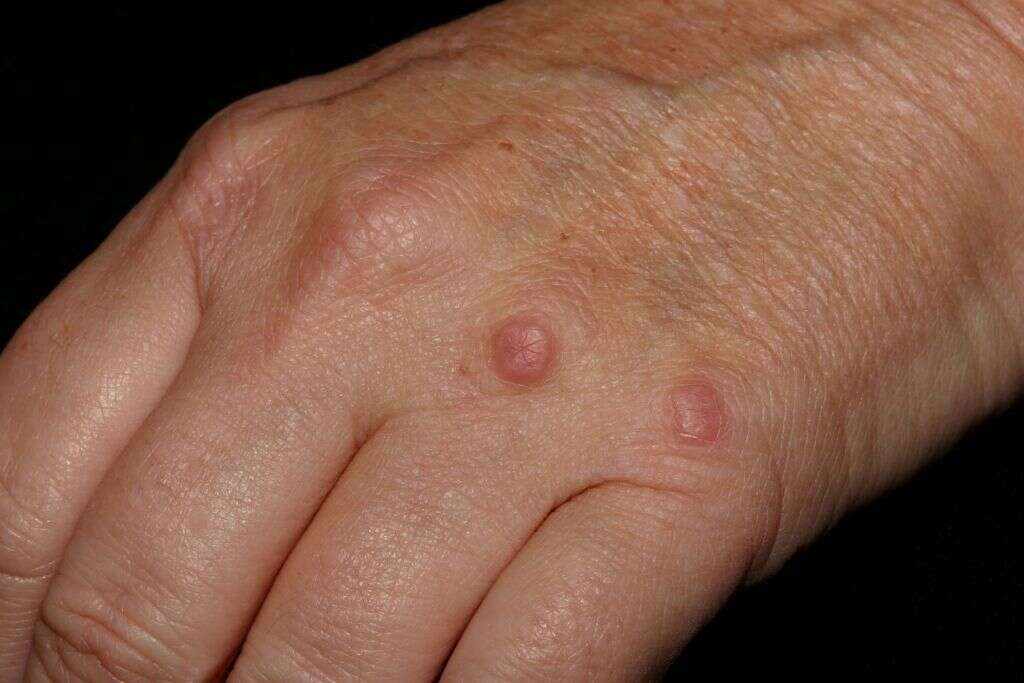
5. Risk Factors
This disorder can occur with anyone at any age. Most frequently, however, it is seen in children and young adults. Women are at a higher risk than men. People who live in Hawaii are more vulnerable to the painful perforating form of GA.
The condition is occasionally associated with other diseases. Older people who have wide-spread and severe rashes that have not responded to treatment are more likely to also have cancer. GA has also been found to occur more often in those with thyroid disease and diabetes.

6. Diagnosis
Diagnosis typically requires a physical assessment. The symptoms of the disease are generally enough for the doctor to confirm granuloma annulare. On occasion, further examination is required.
Infrequently, the physician orders a biopsy. This occurs when the physical condition indicates the possibility of another diagnosis. The results of the tests rule out or confirm an alternative diagnosis.

7. Treatment
Treatment is often not required, and the disease disappears on its own. Typically, GA goes away within two years. However, for many, the rash returns after it has apparently healed, though not necessarily immediately. There are times when treatment is recommended or desired. For those who have painful or itchy rashes, such as the type that occur with perforating GA, treatment is used to help ease the discomfort.
Medication is the standard treatment approach. Tacrolimus, isotretinoin and corticosteroids are all possibilities. These drugs are either topically applied or injected. A physician may also recommend medication when the rash is particularly large to aid in resolving the condition more quickly.
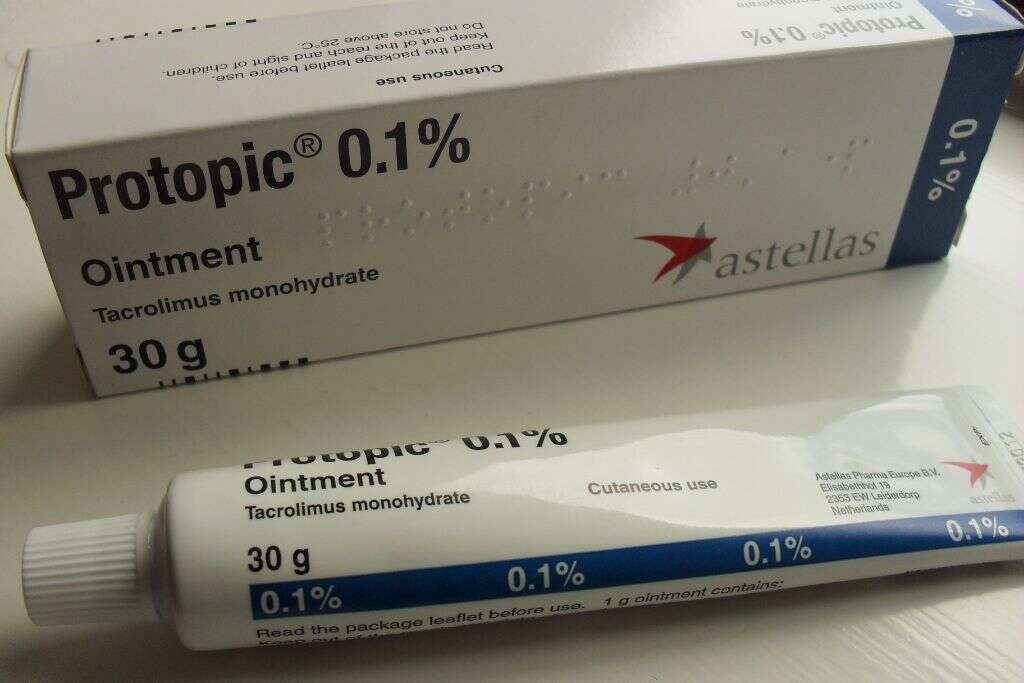
8. Experimental Treatment
Three primary experimental treatments are currently in use for those with severe forms of GA. One approach, called PUVA, is to apply the drug psoralen to the affected area. Following application, an ultraviolet light is used to activate the drug. This has the potential to slow down the spread of the rash because the drug and UV combination inhibit skin cell growth.
Another experimental treatment utilized is cryotherapy. The impacted area is frozen in an effort to stave off further rash growth. Laser therapy might also be tried. With this treatment, a laser is used to direct heat to the affected area to reduce inflammation and slow the spread.
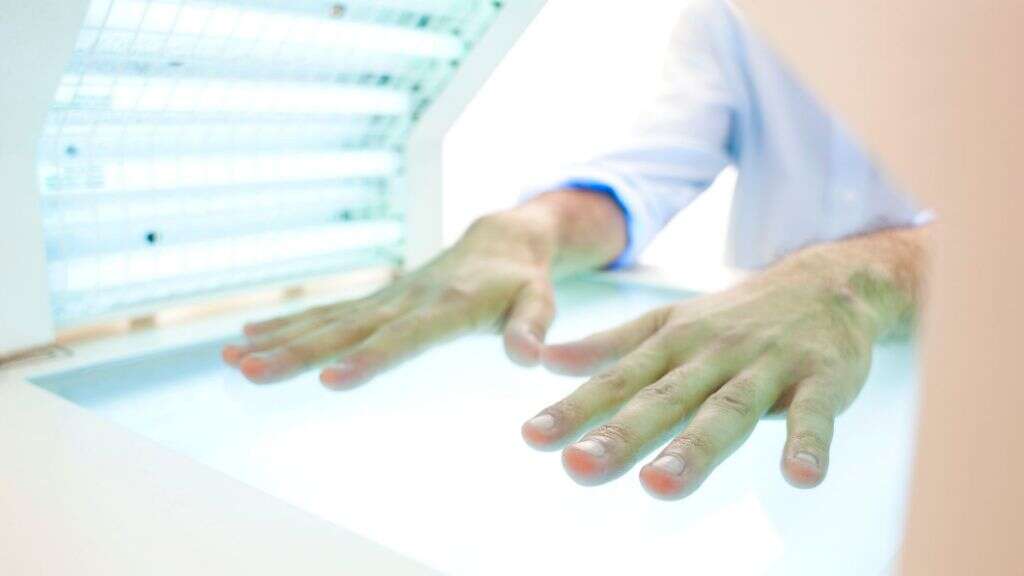
9. Prognosis
Granuloma annulare cannot be prevented, but for those who get the disease, it typically clears up of its own accord within two years. With treatment, the condition may heal more quickly.
GA is a chronic condition. As such, it is possible for it to return periodically, though this does not always happen. For people who do get repeated cases, many find that the rash heals more quickly in subsequent outbreaks than it did the first time around.

10. Similar Conditions
There are two conditions that are similar in symptomology to granuloma annulare. The first of these, tinea corporis, presents as an itchy skin rash and most frequently occurs on the arms and legs. It is characterized by ring-shaped lesions that are reddish in color. The potential exists for scaling as well. A fungal infection causes tinea corporis.
The second disorder is called eruptive xanthoma. Doctors differentiate it from GA due to the difference in coloration of the histiocyte cells. This color difference can be seen through a microscope. Eruptive xanthoma also affects the entire body, which is rare for granuloma annulare.





